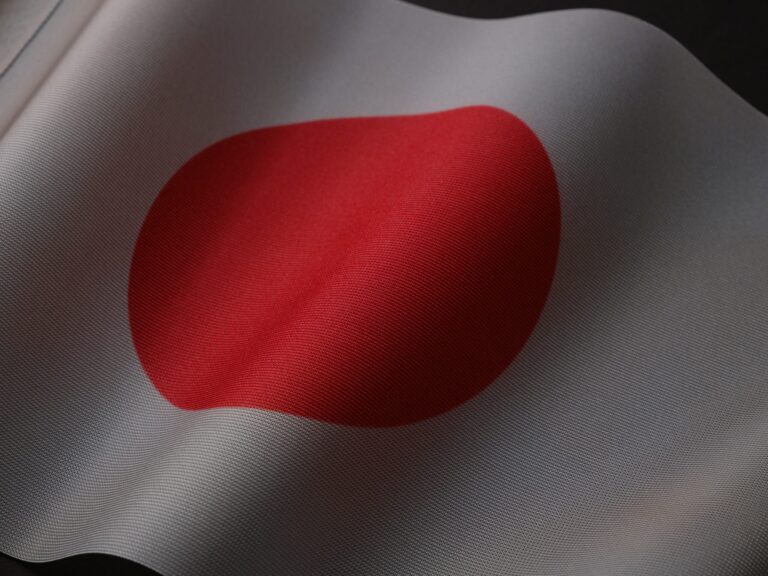The Japanese government has released updated guidelines for THC limits in CBD products, but potential efforts to ease some of the world's strictest regulations remain “insufficient”, experts warn.
Future reforms to Japan's century-old cannabis regulations continue to evolve following public hearings earlier this year.
Just one month after revealing details of proposed THC restrictions for “oils and powders,” “aqueous solutions,” and “others,” the Ministry of Health, Labor and Welfare (MHLW) Narcotics Enforcement Division further clarifies the definitions of each category. I moved for this purpose. An effort to address confusion surrounding the guidelines raised by many industry operators.
Dr. Yuji Masataka, Japan's first medical cannabis expert, told Business of Cannabis that despite this further understanding, many important questions remain unanswered.
what happened?
In early September, the Business of Cannabis announced that the government
With the release of long-awaited guidance on THC limits, brands looking to enter the market can now start developing their strategies.
This follows a public comment period that began in May 2024 for upcoming legislation that is expected to regulate the nation's emerging cannabis and CBD industry.
New regulations regarding cannabinoid (CBD) products in Japan are scheduled to come into effect on December 12, 2024.
However, the guidelines continue to evolve as implementation approaches.
On October 4, 2024, the Ministry of Health, Labor and Welfare issued a further Decree containing additional details on how each product is classified.
This latest announcement provided detailed definitions of “oil” and “powder.”
According to the new definition, oil is a substance that contains more than 90% of compounds formed by a combination of glycerin and fatty acids and must be liquid at room temperature (15-25°C). A powder is defined as a substance with a particle size of 850 μm or less.
Additionally, guidelines have been published regarding which thresholds apply to different forms of cannabinoid products. Details are below.
Products that may be subject to the 10 ppm threshold:
CBD oil, hemp seed oil, cosmetic oil (vegetable oil) CBD powder, protein powder (powder products)
Products that may be subject to the 0.1 ppm threshold:
Soft drinks, alcoholic drinks, lotions, milk, vegetable drinks (colloidal solutions)
Products that may be subject to the 1 ppm threshold:
Confectionery, tablets, butter (all solid products) Electronic cigarettes (products containing compounds that combine glycerin and fatty acids and water-free organic solvents) Shampoos, conditioners, lotions, creams, mayonnaise, balms, dressings, etc. (highly concentrated viscous products or water mixtures containing glycerin and/or fatty acid compounds) jellies (semi-solid products without compounds formed by the combination of glycerin and fatty acids) Important questions remain unresolved
According to Dr. Masataka, this 1 ppm threshold will likely apply to large amounts of CBD material.
One of the concerns repeatedly raised by stakeholders during the public comment period was the lack of clarity regarding the lack of specific thresholds for raw materials.
In response to concerns that applying the same standards to concentrated raw materials and the final products manufactured by diluting them would inhibit imports of raw materials, the Ministry of Health, Labor and Welfare added a 10 ppm threshold to the “powder” category. Added.
“However, most cannabinoid raw materials have high viscosity, and only a limited number of products, such as CBD isolate powder, are expected to consistently maintain particle sizes below 850 μm as specified by the latest guidelines. ” Dr. Masataka explained.
“If the intent of adding the ‘powder’ category was to reduce restrictions on cannabinoid ingredients, this design is inadequate.”
Additionally, he suggested that the definition of oil is problematic. The term used in the ordinance states: “A compound formed by the combination of glycerin and fatty acids.”
According to Dr. Masataka, this refers to the components of carrier oils, such as MCT oil, that are used to dilute the cannabinoids.
“If the regulation that oils must contain at least 90% of these compounds is strictly enforced, the maximum permissible content of cannabinoids in oil products will be limited to 10%. (If the cannabinoid content exceeds 10%, the product no longer meets the definition of an oil and the 1 ppm limit automatically applies.)
“The cannabinoid concentration of most CBD oils on the market typically ranges from 5% to 40%, meaning that this definition can effectively act as a regulator of CBD oil concentration. Some concentrated raw materials, such as crude oil, may not fall under the definition of petroleum, making them difficult to import into Japan.
To address these issues, which “continue to cause confusion for many companies,” he suggested that additional categories such as “solid raw materials” and “liquid raw materials” should be added in addition to “powders.” I am doing it.
Furthermore, the definition of oil should be revised to “a compound in which at least 90% of its components, excluding cannabinoids, must be formed from a combination of glycerin and fatty acids.''
――――――――――
Dr. Yuji Masataka is a graduate of Kumamoto University School of Medicine. In 2016, he met Dr. Jeffrey Hagenrather, a medical cannabis expert, in California and decided to become Japan's first medical cannabis specialist. While working at the Department of Neurology at Kumamoto University, in 2017 he founded Green Zone Japan, a specified non-profit organization with the aim of raising awareness about medical cannabis, as its representative director. Currently, he also serves as vice president of the Japanese Society for Clinical Cannabinoid Research.
Dr. Masataka also serves as a key opinion leader for Astrasana Japan Co., Ltd., and is a key opinion leader for Astrasana Japan Co., Ltd., where CBD products are not only widely accepted, but also highly valued and recognized for their potential health benefits. We provide support to create a progressive and inclusive environment in Japan. market opportunity.

